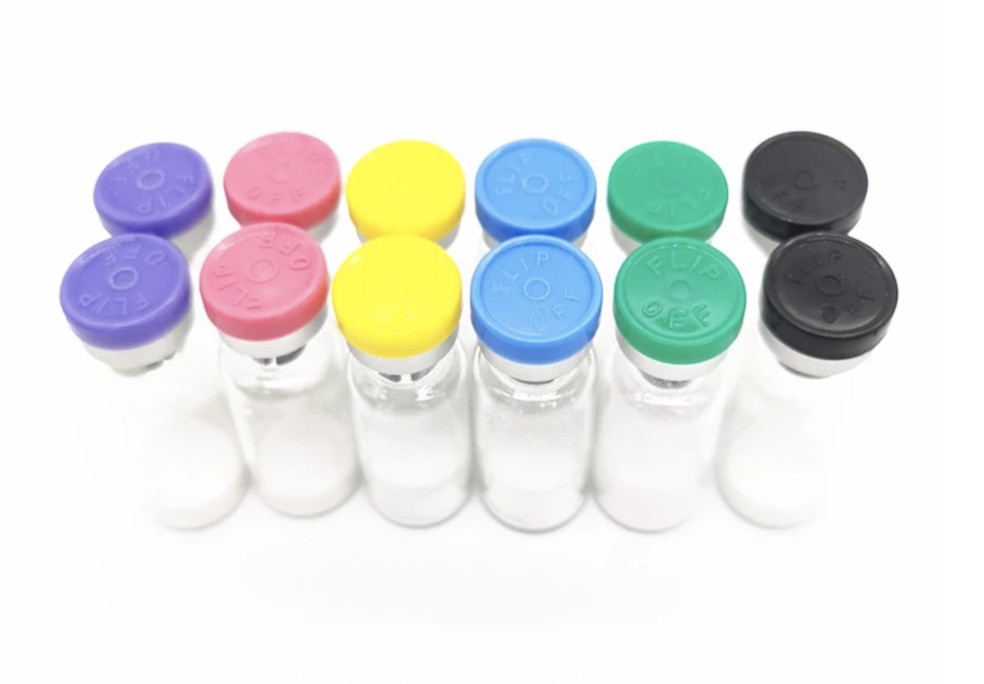Angiotensin is a peptide that causes vasoconstriction and a subsequent increase in blood pressure. It is part of the renin-angiotensin system, which is a major target for drugs that lower blood pressure. Angiotensin also stimulates the release of aldosterone, from the adrenal cortex. Aldosterone promotes sodium retention in the distal nephron, in the kidney, which also drives blood pressure up.
Angiotensin is an oligopeptide and is apowerful dipsogen. It is derived from the precursor molecule angiotensinogen, a serum globulin produced in the liver. It plays an important role in the renin-angiotensin system.
Angiotensin is an oligopeptide and is a hormone and a powerful dipsogen. It is derived from the precursor molecule angiotensinogen, a serum globulin produced in the liver. It plays an important role in the renin-angiotensin system. Angiotensin was independently isolated in Indianapolis and Argentina in the late 1930s (as 'angiotonin' and 'hypertensin', respectively) and subsequently characterised and synthesized by groups at the Cleveland Clinic and Ciba laboratories in Basel, Switzerland.
Angiotensinogen is constitutively produced by α-2-globulin, mainly released from the liver into the circulation. It is a member of the serine protease family, although it is not known to inhibit other enzymes, unlike most serine proteases. Plasma levels of angiotensinogen are elevated by plasma corticosteroids, estrogens, thyroid hormones and angiotensin II levels. Angiotensinogen is also known as renin substrate. Human angiotensinogen is 453 amino acids long, but other species have different sizes of angiotensinogen. The first 12 amino acids are the most important activity.
Angiotensinogen is an α-2-globulin produced constitutively and released into the circulation mainly by the liver. It is a member of the serpin family, although it is not known to inhibit other enzymes, unlike most serpins. Plasma angiotensinogen levels are increased by plasma corticosteroid, estrogen, thyroid hormone, and angiotensin II levels.Angiotensinogen is also known as renin substrate. Human angiotensinogen is 453 amino acids long, but other species have angiotensinogen of varying sizes. The first 12 amino acids are the most important for activity.
Angiotensin I (CAS# 11128-99-7) is formed by the action of renin on angiotensinogen. Renin cleaves the peptide bond between the leucine (Leu) and valine (Val) residues on angiotensinogen, creating the ten-amino acid peptide (des-Asp) angiotensin I. Renin is produced in the kidneys in response to renal sympathetic activity, decreased intrarenal blood pressure (<90mmHg systolic blood pressure[2] ) at the juxtaglomerular cells, or decreased delivery of Na+ and Cl- to the macula densa.[3] If less Na+ is sensed by the macula densa, renin release by juxtaglomerular cells is increased.
Angiotensin I appears to have no biological activity and exists solely as a precursor to angiotensin II.
Angiotensin II
Angiotensin I is converted to angiotensin II (AII) through removal of two C-terminal residues by the enzyme angiotensin-converting enzyme (ACE), primarily through ACE within the lung (but also present in endothelial cells and kidney epithelial cells). ACE found in other tissues of the body has no physiological role (ACE has a high density in the lung, but activation here promotes no vasoconstriction, angiotensin II is below physiological levels of action).[citation needed] Angiotensin II acts as an endocrine, autocrine/paracrine, and intracrine hormone.
Angiotensin III
Asp | Arg-Val-Tyr-Ile-His-Pro-Phe
Angiotensin III has 40% of the pressor activity of angiotensin II, but 100% of the aldosterone-producing activity. Increases mean arterial pressure.
Angiotensin IV
Arg | Val-Tyr-Ile-His-Pro-Phe
Angiotensin IV is a hexapeptide that, like angiotensin III, has some lesser activity.






















